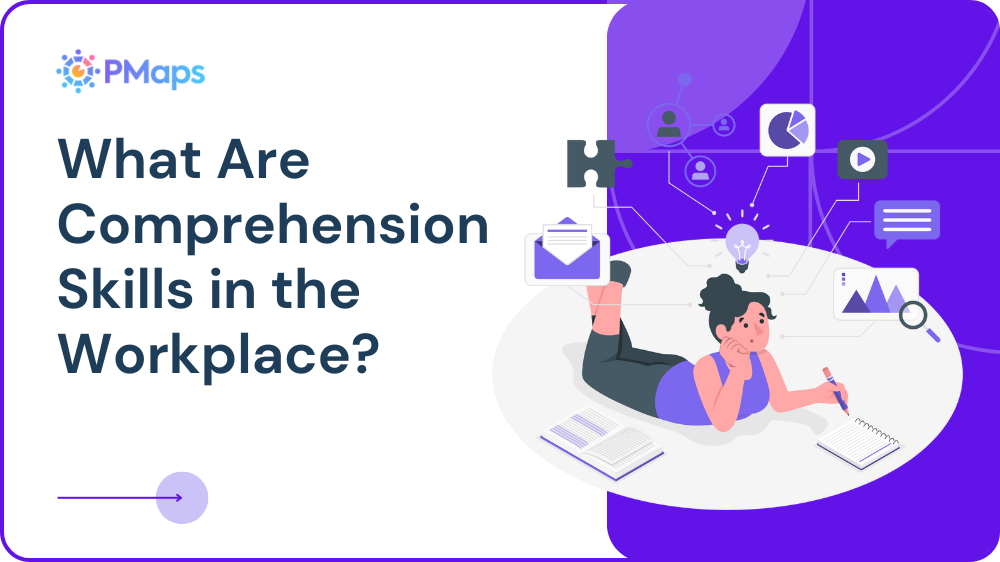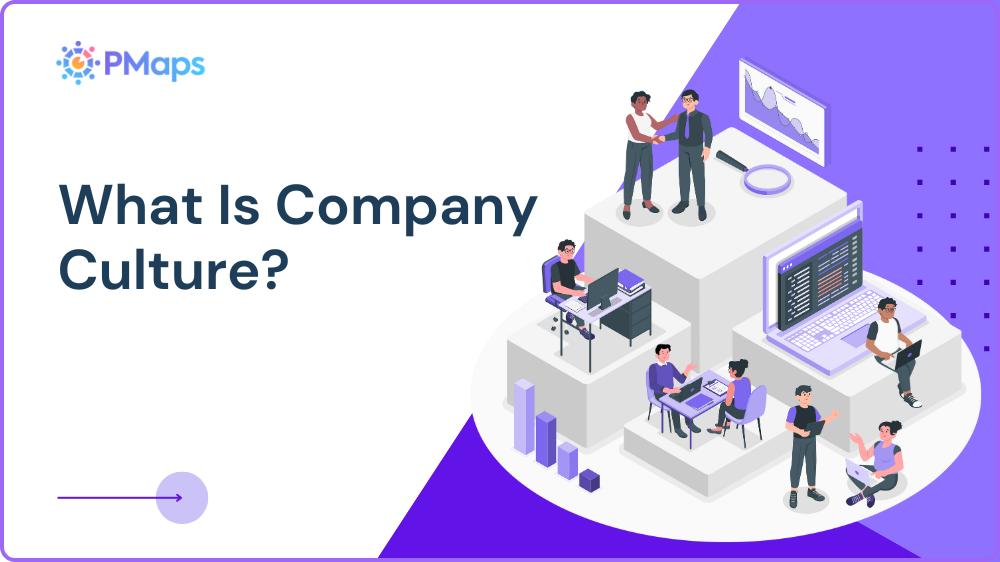
Comprehension skills in the workplace define how effectively employees understand, process, and apply information in real situations. From reading reports to interpreting instructions, comprehension underpins productivity. For the HR fraternity, these skills reveal an employee’s ability to learn quickly, adapt to change, and perform consistently across diverse roles.
What is Comprehension?
Comprehension is the ability to understand and interpret information accurately. It goes beyond recognizing words or messages — it requires connecting ideas, analyzing meaning, and applying knowledge in practice. In a workplace context, comprehension strengthens communication, decision-making, and task execution.
Meaning, Definition, and Examples
Comprehension involves understanding written, spoken, or visual information and responding appropriately. For instance, an employee interpreting safety guidelines correctly or summarizing a client’s email accurately demonstrates comprehension. These examples highlight how comprehension directly impacts efficiency and reduces workplace errors.
Key Factors Affecting Comprehension
Several elements influence comprehension at work, including language proficiency, attention span, prior knowledge, clarity of instructions, and even stress levels. HR leaders evaluating employee performance must recognize these factors to design training programs that strengthen comprehension and support productivity.
List of Essential Workplace Comprehension Skills
Workplace comprehension skills enable employees to process complex information, adapt to evolving tasks, and maintain accuracy under pressure. These abilities ensure messages are correctly received and executed, reducing misunderstandings while driving overall productivity and organizational alignment.
- Reading Comprehension – Understanding workplace documents, policies, and reports accurately to ensure clarity in decision-making and task execution.
- Listening Comprehension – Accurately interpreting instructions, feedback, and discussions during meetings to prevent costly miscommunication.
- Writing Comprehension – Interpreting professional writing standards, emails, and documentation to maintain clarity and professionalism in workplace communication.
- Critical Thinking and Comprehension – Linking information with reasoning to solve problems, anticipate challenges, and create actionable solutions.
- Visual Comprehension – Interpreting charts, dashboards, or visual instructions for effective decision-making and operational accuracy.
Types of Comprehension Skills
Workplace comprehension is not a single ability but a blend of interconnected skills. Distinguishing these variations becomes crucial when you are designing training programs or conducting HR assessment of comprehension skills during hiring and talent development. Strong comprehension directly improves workplace communication skills, productivity, and the ability to handle complex tasks.
Information processing highlights how employees handle meaning once they receive it. These skills are more advanced, linking comprehension with problem-solving and decision-making. Strong processing capabilities demonstrate the role of comprehension skills in employee performance across all levels.
- Literal Comprehension – The foundation of workplace comprehension, where employees recall and recognize facts, instructions, or procedures accurately without interpretation. This skill is critical during onboarding comprehension tests or compliance training.
- Inferential Comprehension – Employees use reasoning to interpret meaning beyond the text or conversation. For example, identifying implied client needs during discussions or predicting project risks illustrates strong critical thinking and comprehension.
- Evaluative Comprehension – The highest level of processing, where employees assess accuracy, credibility, and relevance of information. Leaders often apply this when reviewing reports, emails, or proposals, ensuring decisions align with strategic objectives and workplace productivity and comprehension goals.
Importance of Comprehension Skills
The importance of comprehension skills at work extends beyond task accuracy. These abilities influence collaboration, performance, and employee growth, making them critical for sustainable workplace success and productivity.
- Improved Workplace Communication Skills – Strong comprehension ensures instructions are received clearly, reducing misinterpretations and supporting smoother collaboration across diverse teams and departments.
- Enhanced Decision-Making – Employees with strong comprehension connect details with context, helping organizations make informed decisions based on accurate interpretations of workplace information.
- Higher Workplace Productivity and Comprehension – Correctly processing information reduces repeated clarifications, saving time and improving efficiency in both individual and team performance.
- Role of Comprehension Skills in Employee Performance – Comprehension directly impacts learning speed, adaptability, and task completion quality, shaping career growth and overall employee effectiveness.
- Support in Employee Training and Development – HR can design training tailored to comprehension gaps, ensuring employees build the skills needed for long-term organizational growth.
How to Improve Comprehension Skills
Strengthening comprehension requires consistent practice and structured support. HR leaders can introduce targeted strategies to help employees enhance understanding, improve communication, and maintain productivity across diverse workplace scenarios.
- Onboarding Comprehension Tests – Testing comprehension during onboarding highlights new hires’ strengths and development needs, enabling HR to design role-specific training programs early.
- Active Listening & Comprehension in Meetings – Encouraging employees to focus fully during discussions strengthens listening comprehension, improves engagement, and minimizes errors in collaborative decision-making.
- Comprehension in Professional Writing & Emails – Training employees to read and interpret workplace correspondence carefully ensures professionalism, clarity, and fewer miscommunications in written exchanges.
- Critical Thinking and Comprehension Exercises – Case studies, problem-solving sessions, and simulations build deeper comprehension, preparing employees to analyze, infer, and evaluate information effectively.
- Employee Training and Development Programs – Structured workshops on reading comprehension in the workplace or visual comprehension skills ensure sustained growth and adaptability across teams.
Conclusion
Strong comprehension skills in the workplace ensure employees understand, process, and apply information with accuracy. From onboarding comprehension tests to ongoing training, these abilities influence productivity, communication, and long-term performance.
For you, assessing comprehension reveals employee readiness and development needs, guiding smarter talent decisions. By investing in strategies that strengthen reading, listening, and evaluative comprehension, organizations build resilient teams equipped for modern challenges.
PMaps offers tailored assessment solutions to measure and enhance comprehension skills for employees, helping businesses create a workforce that learns faster and performs better. Connect with us at 8591320212 or assessment@pmaps.in









